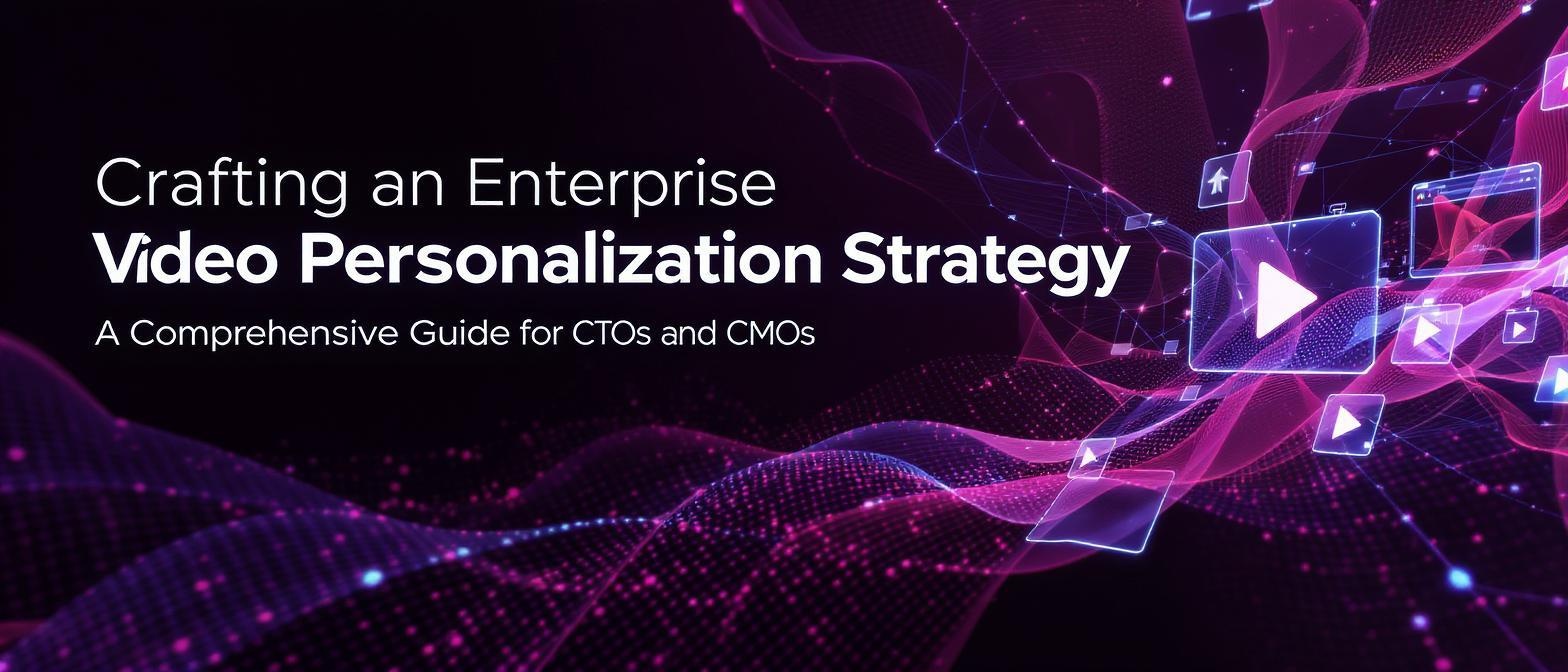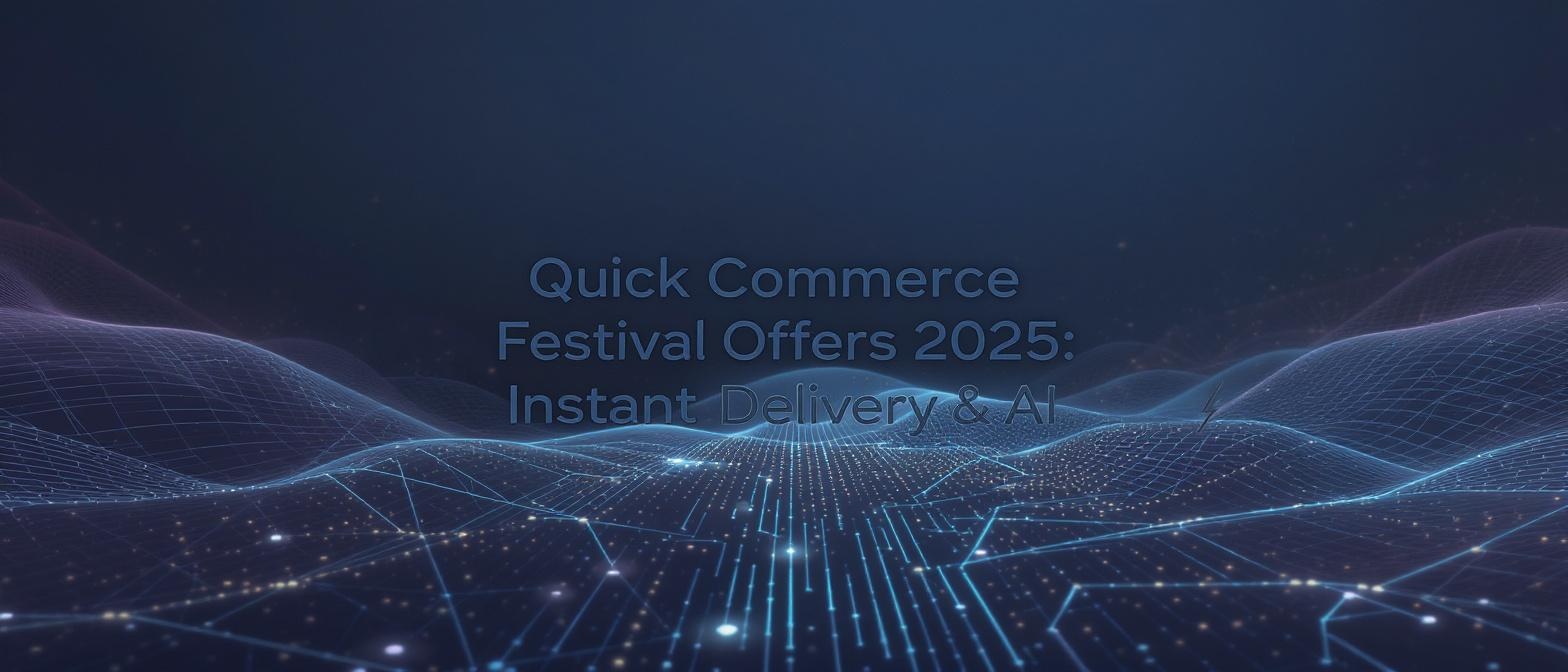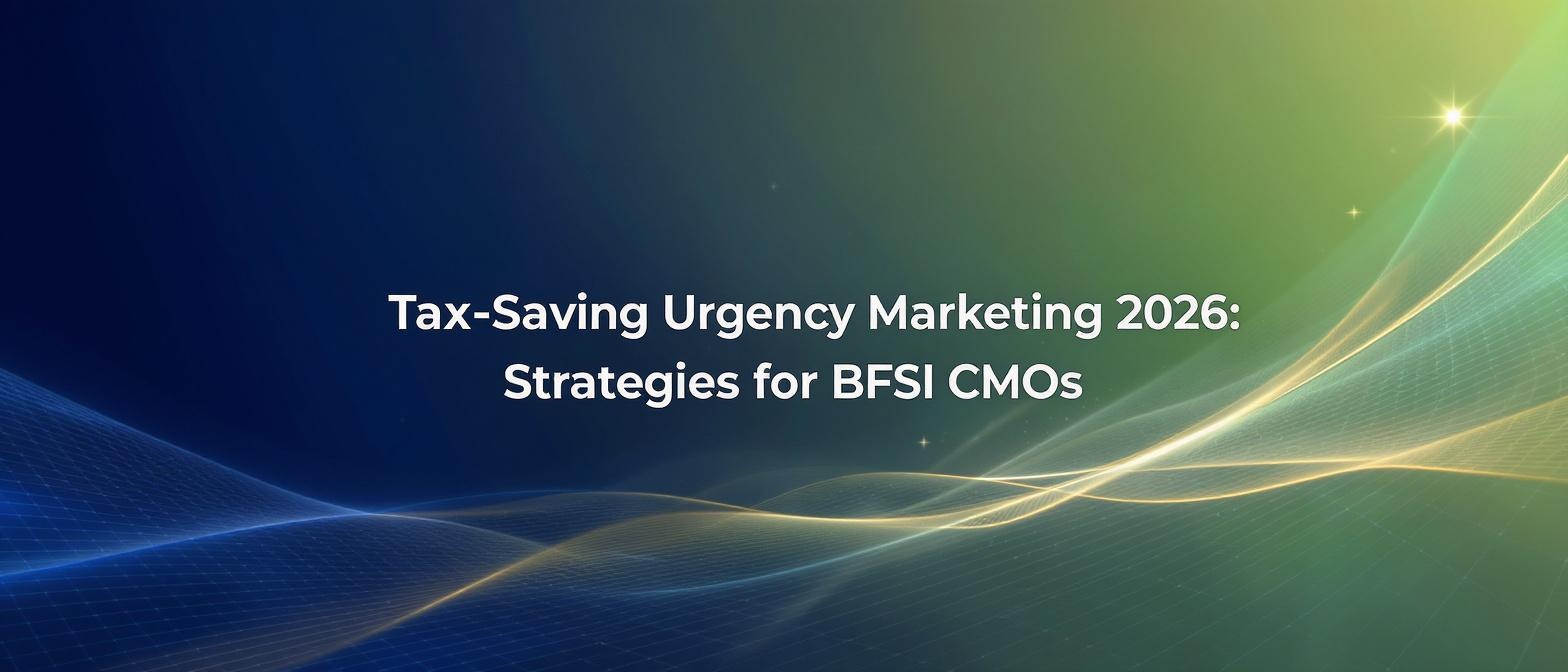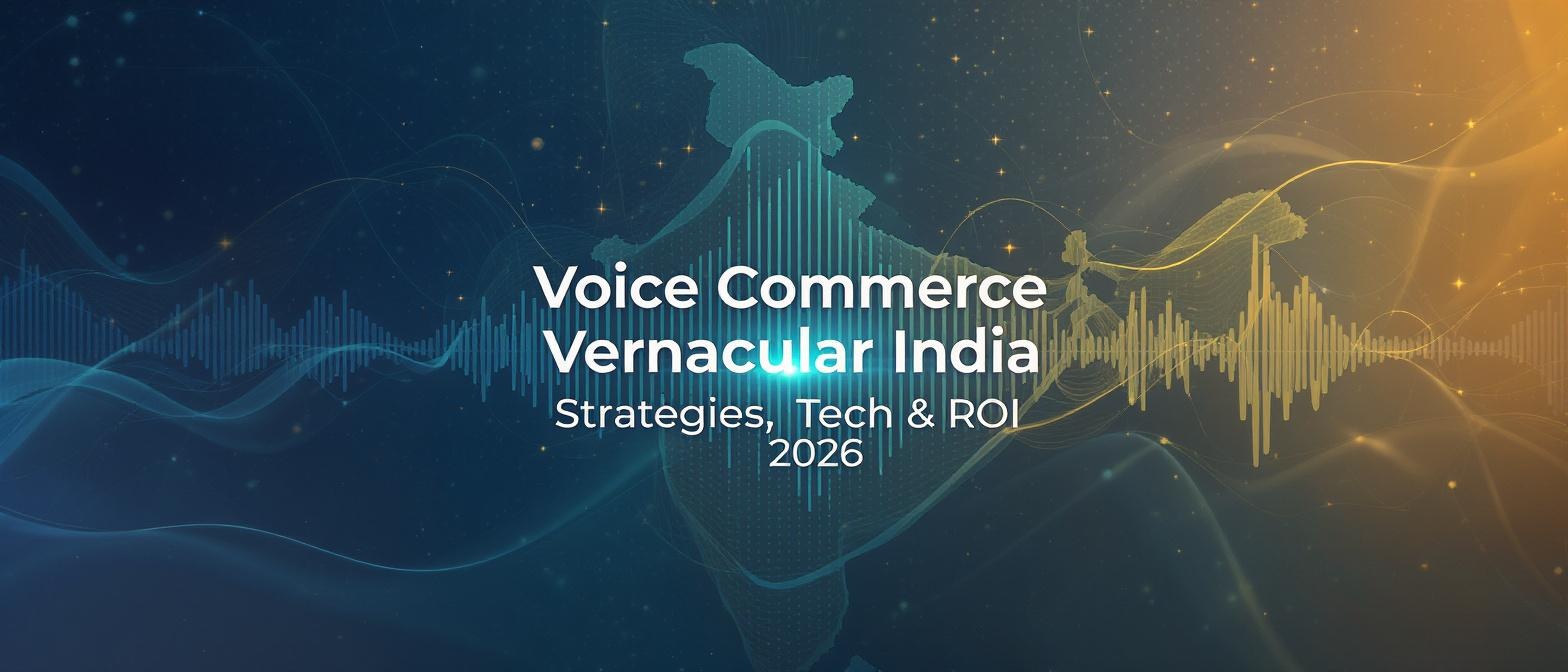Crafting an Enterprise Video Personalization Strategy: A CTO & CMO Blueprint
Estimated reading time: 12 minutes
Key Takeaways
- Enterprise video personalization is essential for modern customer engagement.
- Personalized videos significantly improve engagement metrics, leading to higher ROI.
- Implementing a video personalization strategy involves data collection, technology adoption, content customization, and deployment across channels.
- AI enables scalable and hyper-personalized video content at an unprecedented scale.
- Building a business case for video personalization involves clear KPIs, modeling expected impact, and calculating ROI.
- Step-by-step implementation includes assessment, technology selection, content planning, integration, and performance monitoring.
- Case studies demonstrate the effectiveness of enterprise video personalization in driving customer engagement and business outcomes.
Table of Contents
- Why Enterprise Video Personalization Matters
- Components of a Video Personalization Roadmap
- The Role of AI in Enterprise Video Marketing Transformation
- Building a Business Case for Video Personalization
- Step-by-Step Guide to Implementing Scalable Video Personalization
- Case Studies & Industry Examples
In today's digital landscape, enterprise video personalization strategy has emerged as the cornerstone of customer engagement. Video personalization refers to the data-driven practice of tailoring video assets to individual viewers by embedding attributes such as name, location, purchase history, or segment-specific visuals into dynamic content.
With 89% of businesses now using video as a marketing tool, implementing a formal enterprise video personalization strategy has become critical for modern marketing success. This strategic approach enables CTOs and CMOs to deliver hyper-relevant experiences that drive measurable business outcomes through AI video strategy for enterprises.
For more insights on personalized video marketing, visit this blog post.
Discover how Zomato leveraged video personalization in their campaign here.
Why Enterprise Video Personalization Matters
The business case for video personalization is compelling, backed by hard data that demonstrates clear ROI:
Engagement metrics show remarkable improvements:
- Personalized videos deliver 35–116% higher effectiveness compared to generic video content
- Click-to-open rates increase by 16× when personalization is applied
- These results stem from the emotional connection created when viewers see content tailored specifically to them
Consumer preference drives adoption:
- 73% of consumers actively prefer brands that tailor interactions to their specific needs and preferences
- This preference translates directly into loyalty and repeat business
- Brands using personalization see significant improvements in customer lifetime value
ROI delivers measurable impact:
- Enterprises report up to 10× return on investment from video personalization business case implementations
- The combination of increased engagement, enhanced loyalty, and improved conversion rates creates a compounding effect
- Enterprise video content strategy initiatives consistently show positive impact on revenue metrics
These improvements in customer engagement, brand loyalty, and conversion rates form the foundation of a compelling scalable video personalization business case.
Learn more about personalized video marketing in this blog post and explore additional insights here.
Components of a Video Personalization Roadmap
Data Collection & Segmentation
Successful video personalization roadmap implementation begins with centralizing customer data from multiple sources including CRM systems, data management platforms, and product usage analytics. This unified data foundation enables precise audience segmentation based on demographics, behavior, and transaction history.
Best practice involves implementing a Customer Data Platform (CDP) to unify customer profiles across touchpoints. Organizations must maintain strict privacy compliance with regulations like GDPR and India's Data Protection and Privacy Act (DPDP) while creating meaningful segments such as VIP customers, new users, and churn-risk profiles.
Technology & Tools for Implementing AI Video at Scale
The technology stack for implementing AI video at scale requires several critical components:
Generative video platforms with robust API capabilities like TrueFan's cloud-agnostic GPU farm enable rapid personalization at enterprise scale. These platforms must support real-time rendering capabilities, ideally achieving sub-30 second video generation times.
Voice cloning and lip-sync engines powered by advanced AI ensure natural-sounding personalization. TrueFan's partnership with Resemble AI delivers perfect lip-sync across 175+ languages while maintaining voice authenticity.
Real-time rendering infrastructure supports high-volume campaigns. TrueFan's platform processes millions of personalized videos with sub-30 second render times, enabling real-time customer engagement.
Integration capabilities with existing CRM systems, marketing automation platforms, and communication channels (email, WhatsApp, SMS) ensure seamless deployment across customer touchpoints.
Read about a successful implementation in the Blackberry Tech Pro Launch case study.
Content Customization & Production
Effective enterprise video content strategy relies on modular video templates consisting of generic introductions, personalized middle sections, and branded call-to-action conclusions. Scripts should be crafted in segments under 20 seconds to ensure natural lip-sync performance.
Organizations must use approved avatars and celebrity templates under a consent-first model. TrueFan's ISO-27001 and SOC2 certified platform includes built-in content moderation to prevent inappropriate usage while maintaining compliance standards.
Deployment & Distribution Channels
Successful deployment requires optimization for multiple channels including email campaigns, SMS and WhatsApp messaging, personalized microsites, in-app notifications, and digital out-of-home advertising.
Each channel demands specific format optimization and aspect ratio considerations to maximize engagement across different viewing environments.
For more on essential components of a successful enterprise video strategy, visit this guide.
The Role of AI in Enterprise Video Marketing Transformation
AI enables true hyper-personalization by automating real-time data ingestion and dynamic script generation. This enterprise video marketing transformation technology creates individualized experiences at previously impossible scales.
TrueFan's Enterprise Platform showcases this capability:
- Over 1.5 million personalized videos delivered to 5+ million end users
- 120+ enterprise clients including industry leaders like Zomato, Hero MotoCorp, and Goibibo
- Support for 175+ languages with perfect lip-sync and voice retention through diffusion-based face reanimation
- Sub-30 second render times enabling real-time personalization
- API-first architecture for seamless integration with existing enterprise systems
Security and compliance remain paramount:
- ISO-27001 and SOC2 certification ensures enterprise-grade data protection
- Consent-first celebrity model prevents unauthorized usage
- Built-in content moderation filters reject inappropriate content automatically
This comprehensive AI video strategy for enterprises platform enables organizations to transform their marketing approach through scalable video personalization that maintains quality while achieving unprecedented reach.
Building a Business Case for Video Personalization
Creating a compelling video personalization business case requires a systematic approach:
Step 1: Identify Key Performance Indicators
Define measurable metrics including engagement rates, conversion improvements, and Net Promoter Score uplift to track success.
Step 2: Baseline Current Performance
Establish current video metrics including watch rates, click-through rates, and conversion data to measure improvement.
Step 3: Model Expected Impact
Industry benchmarks show significant improvements. Goibibo achieved 17% higher read rates on personalized WhatsApp nudges featuring celebrity content, while SMB data shows 4× sales inquiry lift from AI celebrity endorsements.
Step 4: Calculate Return on Investment
Factor production costs against media spend effectiveness. TrueFan's enterprise clients typically see 10× ROI by achieving higher engagement with targeted spend rather than broad-reach campaigns.
Step 5: Present Total Cost of Ownership
Compare platform costs plus per-video generation against traditional advertising shoot expenses and ongoing media spend requirements.
Industry data supports strong adoption: 84% of consumers make purchases after viewing personalized video content, demonstrating clear business impact from strategic enterprise video personalization strategy implementation.
For more statistics on video marketing, check out this HubSpot article.
Step-by-Step Guide to Implementing Scalable Video Personalization
Step 1: Assessment & Goal-Setting
Begin with stakeholder workshops to define target audience segments and agree on specific call-to-action objectives. This alignment ensures scalable video personalization efforts support broader business goals.
Step 2: Technology Selection & Pilot
Evaluate platforms based on API maturity, service-level agreements, and output quality. Run controlled pilots with 1,000-video campaigns to validate performance before full-scale implementation.
Key evaluation criteria:
- Integration capabilities with existing tech stack
- Rendering speed and quality standards
- Compliance and security certifications
- Multi-language support requirements
Step 3: Content Planning & Modular Asset Creation
Develop template structures with generic introductions, personalized middle sections, and branded conclusions. Script optimization should include first name mentions within the opening 5 seconds to boost watch-through rates.
Step 4: Integration & Distribution Setup
Connect CRM systems and configure automated triggers for cart abandonment sequences, milestone communications, and loyalty program events. Establish delivery workflows across email, WhatsApp, and push notification channels.
Step 5: Performance Monitoring & Optimization
Implement analytics dashboards tracking view rates, watch time, and conversion metrics. A/B test messaging variants and iterate scripts based on engagement data to continuously improve performance.
Recommended tools:
- Tableau or Looker for analytics visualization
- Postman for API testing and integration
- Marketing automation platforms for workflow management
This systematic approach to implementing AI video at scale ensures successful deployment while maintaining quality standards across the video personalization roadmap.
Case Studies & Industry Examples
Zomato Mother's Day Campaign
Zomato partnered with TrueFan to create 354,000 personalized videos in 24 hours featuring Bollywood actress Vidya Balan. Each video addressed customers by name with Mother's Day greetings, resulting in a 30% uplift in order volume during the campaign period.
Explore the campaign details here.
Goibibo Travel Personalization
Travel platform Goibibo implemented personalized travel nudges featuring cricketer Virat Kohli, resulting in a significant increase in user engagement and bookings.
Read more about Goibibo's personalization strategy in this case study.





